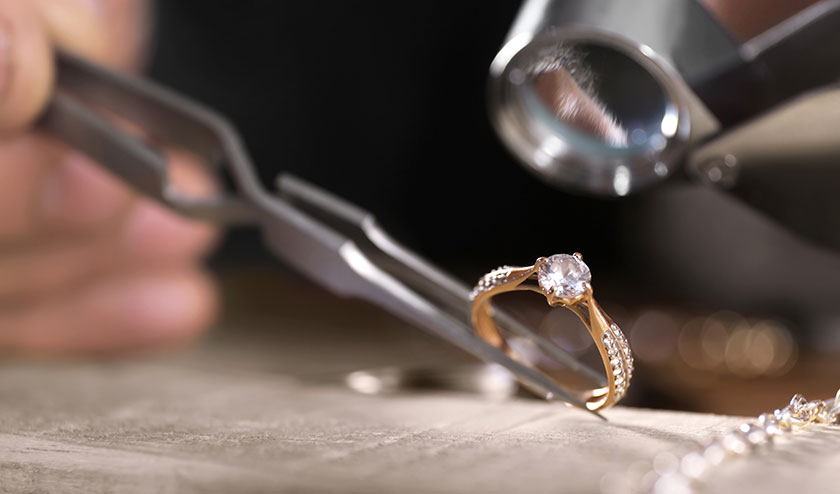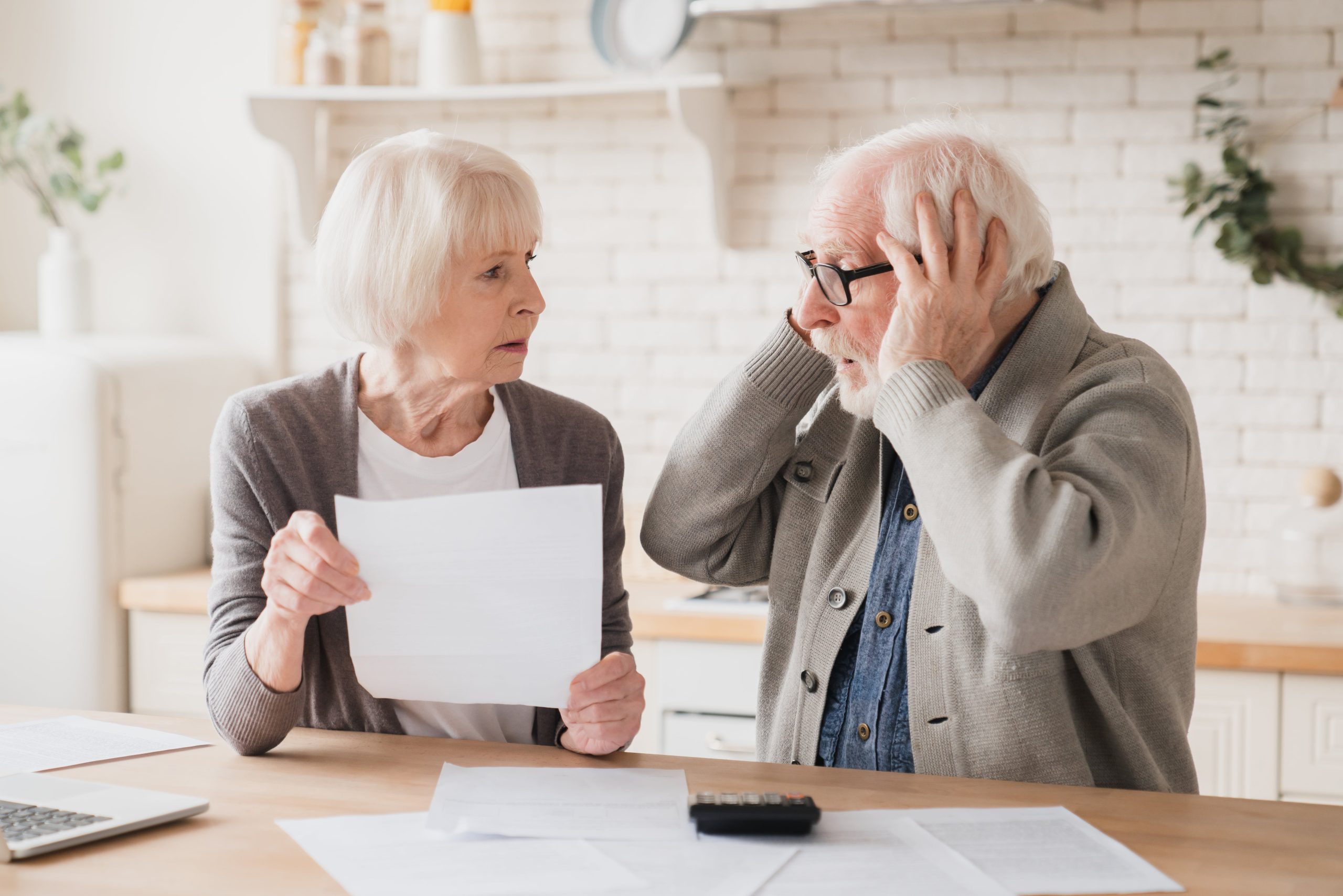Over 15 years ago, I wrote about how jewellery valuations were worthless. Fast forward to about a month ago, I was asked to do valuations on a number of unknown pieces of jewellery. Usually I would decline such a request as I had never done a valuation on a piece of jewellery not bought from us, however, this was for a relative of an existing customer, so I agreed.
As it turns out, it was an engagement and wedding ring set, along with a diamond set pendant, and the owner wanted to sell all these pieces as the marriage had ended. The jewellery itself was unremarkable and plain, with the centre diamond in the engagement ring being GIA certified, so in theory, it should have been easy to put a value on each of the pieces. However, the owner didn’t really know how to sell the pieces, so I offered him advice, based on what I had written 15 years ago:
- Try getting help from the retailer you bought it from. They should either be able to buy it back or sell it on consignment for you.
- Selling privately on Ebay, Gumtree, Facebook Marketplace and so on.
- Approaching a second-hand dealer that specialises in jewellery and selling it through them for either cash or on consignment.
The retailer that the owner purchased the jewellery from didn’t want to help at all, leaving the owner to either sell it privately or go through a second-hand dealer. In the end, I put a value on the centre diamond separately based on what we would charge, and then put two values on each of the pieces of jewellery – one showing what we would charge for replacement and the other being the scrap value of the gold and diamond replacement. The justification for this was to provide an absolute minimum price the owner should sell for, as well as a realistic maximum price that the owner could obtain.
Obtaining an accurate value is made even harder if there is no documentation or certification associated with the piece of jewellery. Trying to assess a diamond, or any other gemstone when set into a piece of jewellery is extremely hap-hazard. At best, even the most experienced gemmologist can only estimate the colour and clarity of a diamond when set into a piece of jewellery. This is due to the fact the setting can not only hide inclusions and make it difficult to assess under a microscope, but also the colour of the metal can reflect into the stone, in addition to the fact that a diamond that has been set can not be graded under a proper grading environment.
The most accurate way to assess the quality of a set diamond is to un-set it, which is especially important if the colour and clarity grade has a large effect on the value of the piece. Obviously for smaller diamonds, say set into the shoulders or halo of an engagement ring, the difference in value between a D/VS quality diamond and an H/SI quality diamond may only be $10, however, for larger diamonds, especially those above one carat, small differences in colour, clarity and cut grading can have a huge effect on the value of diamond. However, no valuers I know of, and I dare say in Australia would unset a diamond, send it to GIA to be certified and reset it just to obtain a value.

Above: A diamond in a ring being analysed with a loupe.
In addition to this, jewellery valuers tend to base their valuations on a wholesale cost plus a certain markup. This leads to the unrealistic and over-inflated valuations that plague the jewellery industry. From a jewellery valuer’s perspective, over inflated values keep everyone happy. The jewellery owner is happy as they think they have a more valuable piece of jewellery and jewellery store owners happy as they can inflate their prices without customers complaining or getting upset. However, in reality, inflating values does a dis-service to the jewellery buying public, as it is misleading, and may lead to real financial consequences like higher insurance premiums or an unfair divorce settlement. That said, I can understand the plight of jewellery valuers as the last thing they want to do is cause trouble for jewellery retailers and consumers. For example, imagine if a consumer came to a valuer with a ring bought from a high street retailer and the valuer then proceeded to value the piece based on what an internet retailer was selling it for. Whilst this may seem fine, and some may argue the correct way to value a piece of jewellery, both the jewellery retailer and consumer would no doubt be very upset!
Coming back to the problem I faced when I was valuing the jewellery brought in by a client, which was determining a resale price. Obviously, I could have just put down what we would charge for it, however, there are a couple of problems with this. Firstly, buyers of second-hand jewellery in a private market would most likely not buy for the same price they can buy from a store, and secondly, it is unlikely that a buyer exists who would want that exact same style of ring and not want to re-model it. In my opinion, giving the client a price range means the client can now negotiate with a potential buyer, confident that neither he, nor the buyer will be ripped off. Again, this is something that jewellery valuers don’t commonly do, which most likely leads to hundreds, if not thousands of private jewellery sales each year when one party is ripped off.

Above: The average person realising their valuation is worthless!
Despite being more than 15 years since I last wrote about jewellery valuations, they still remain problematic within the industry. One would think that with diamonds becoming commoditised, and gold and other precious metals being commodities for centuries, even millennia, they would be easy and the valuation process would be a lot more streamlined and transparent. However, the fragmentation of the industry and the politics associated with that, as well as valuers who swear by old ways of valuing jewellery still hold the industry back.